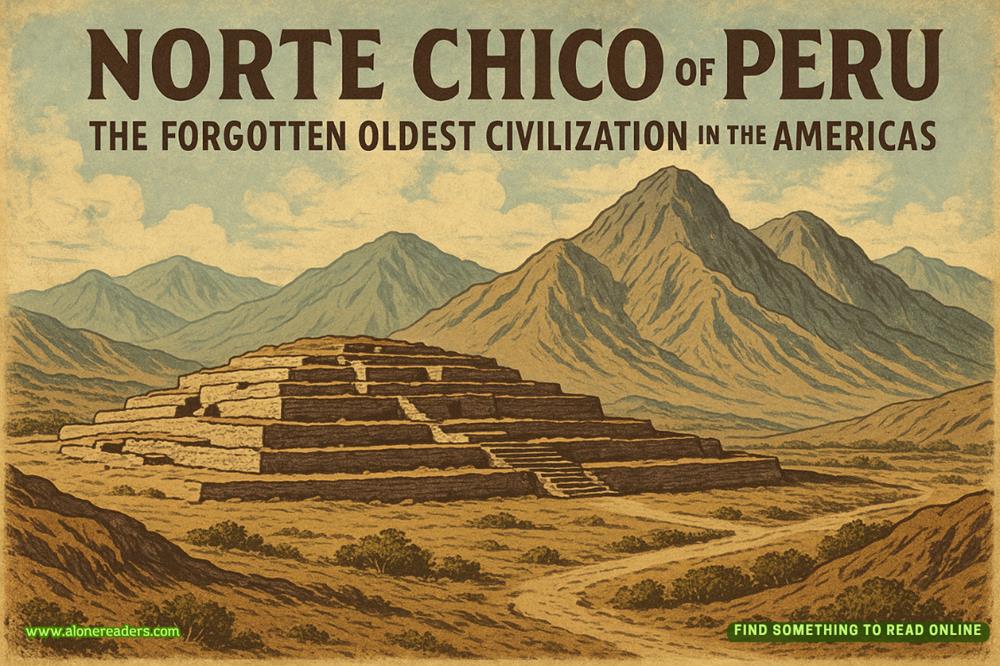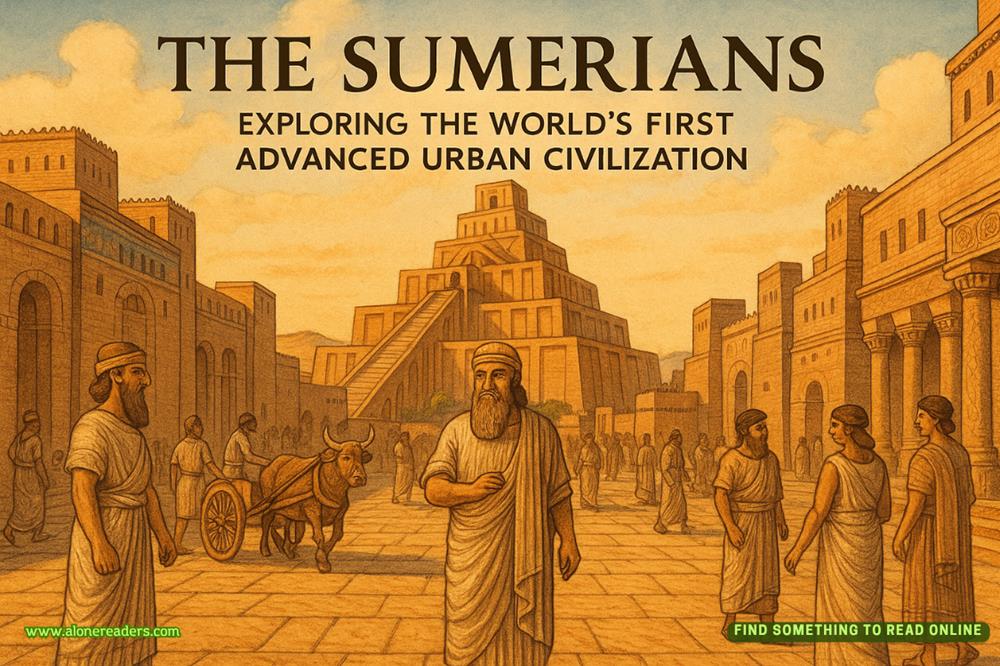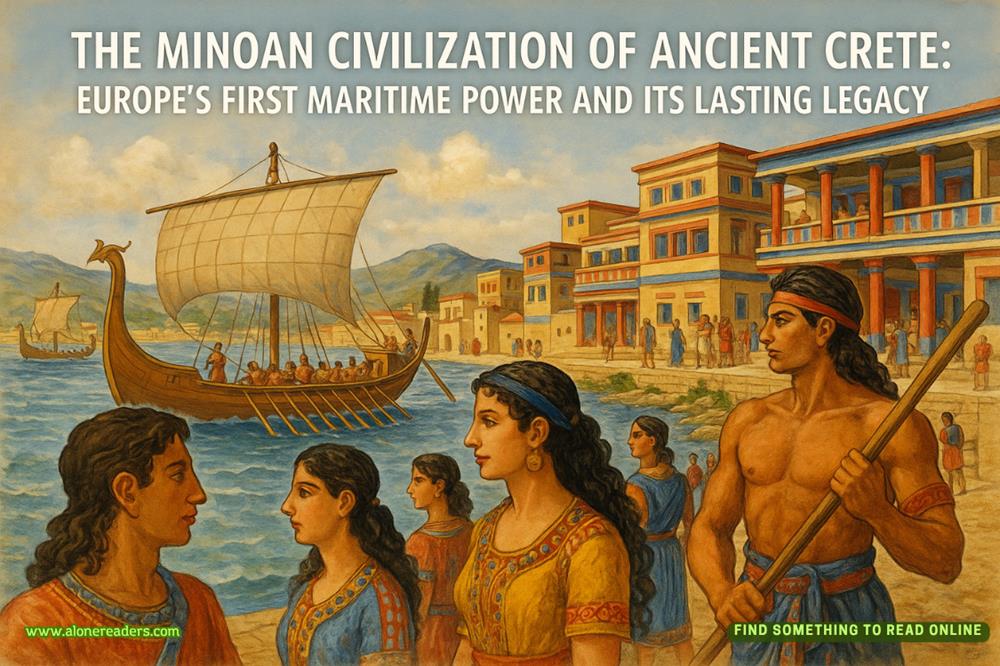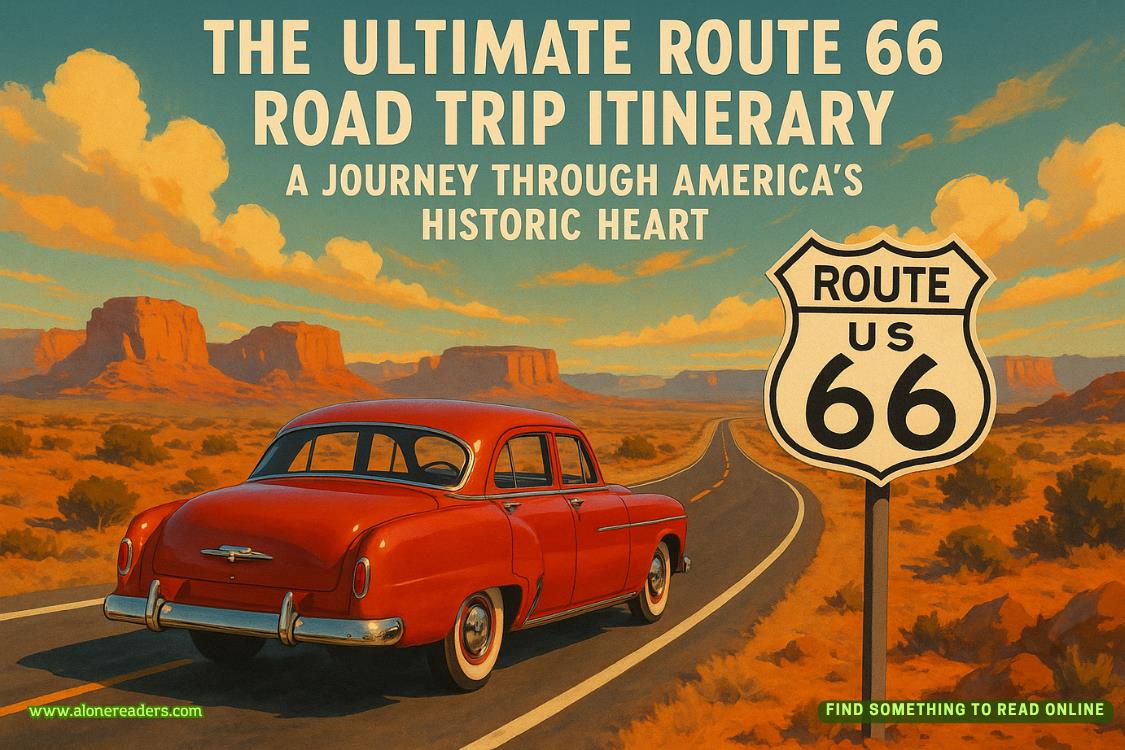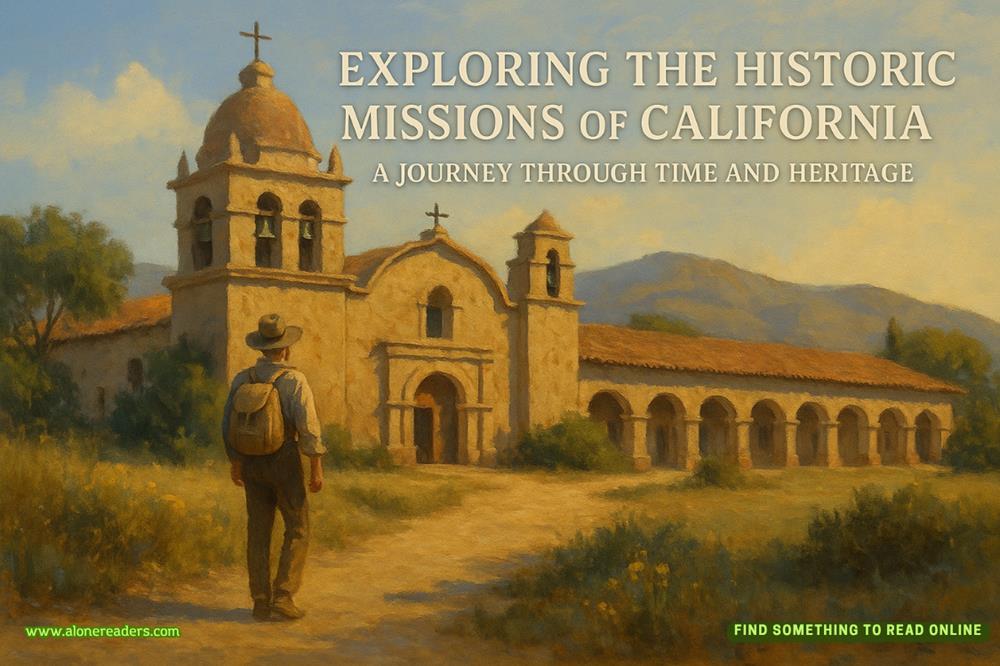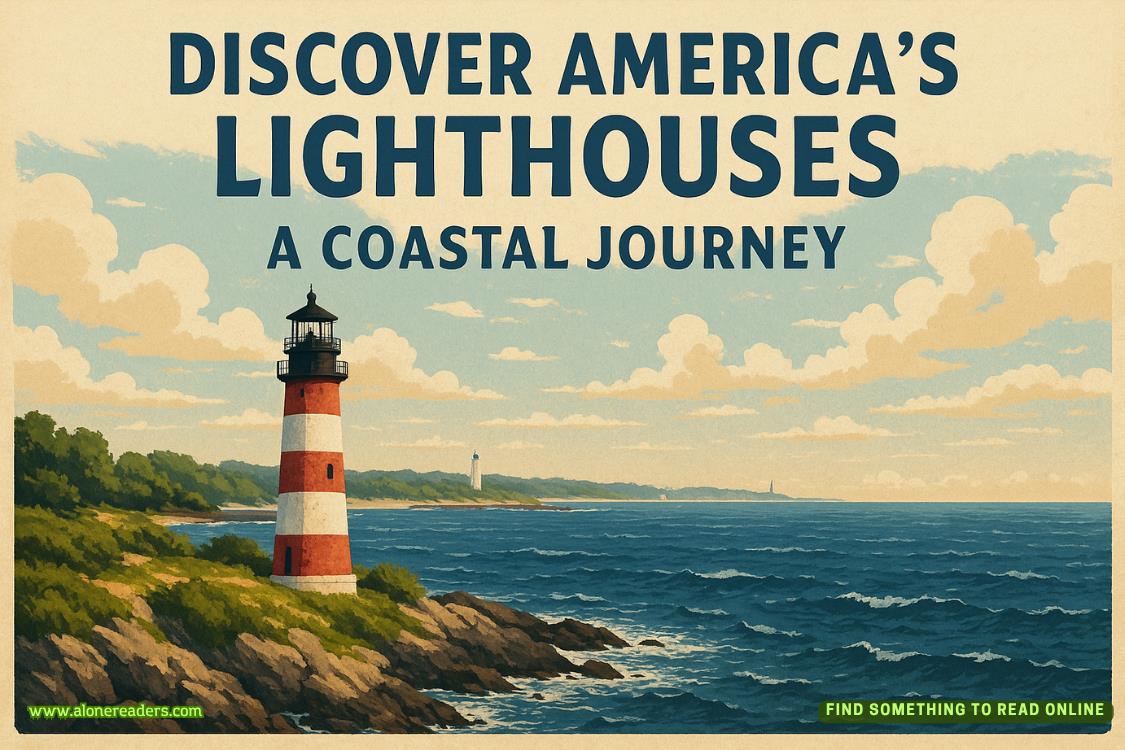Page 28 of Statistically Speaking
We have not kissed, never mind anything more, nor have we spoken of what our relationship is or might be. Neither of us has pushed, and so far, it is working. I feel tiny tremors of fear when I look ahead, when I imagine taking next steps, being part of a couple. If I look too far ahead, I see dates becoming nights spent together, and I see commitment, and I see a level of sharing that I don’t dare to ponder. I have not been good at commitment thus far in my life, and I am trying not to ruin the present by worrying too much about the future.
“You look like a wild woman from the hills,” he says, and I reach up to try to tame my hair.
It is, indeed, wild, and I realize that Katie had the right idea by putting hers in plaits.
“Which hills?” I say, raising an eyebrow.
“I don’t know,” he replies, “thehills. You know, the mythical ones where wild women live? It suits you. You look like you could hunt a woolly mammoth and cook it for dinner.”
I laugh out loud and say, “Wow. That’s quite a leap. I’ll invite you over for a woolly mammoth roast dinner, if I ever catch one.”
“It’s a date!” he says quickly, chasing my gaze and capturing it. He has a way, Karim, of flirting without saying very much at all—it’s in his tone, his gestures, his body language. It’s in the way he looks at me, as though I am a precious mystery to be unraveled. If only he knew—I am not precious. I am made of steel and lead, not silver and gold, and I have spent my whole life ensuring that I am safe from unraveling. At least by other people.
“I’d better get us started,” I say, breaking the moment. “I’ll be back in a minute.”
I nip to the ladies’ room, sort my hair out, try to make myself look more like a teacher than a wild woman from the hills. By the time I emerge, most people have settled into their seats, and there is a low-level sense of anticipation in the room.
I drove over yesterday to store what we’d need for the event—props and a few costumes and some handmade artwork and the memory stick with their power points all loaded up and ready to go. I’ve stuck by my promise to the kids not to watch them first—I trust them not to do anything inappropriate, and they all wanted me to be as surprised as their families.
I walk to the small podium at the front of the room, to the side of a large wall-mounted screen. There is a microphone set up, but I decide I don’t need it. This isn’t going to be a rowdy crowd.
I take a deep breath and look around as I prepare to talk. I see my students, scattered around the room, all of them with guests—parents, grandparents, maybe aunts or uncles or siblings or family friends. They are all cocooned in their little clusters of support, and it warms me to see that. They are lucky, even if they don’t realize it. They have people in their lives who care enough to brave a rainy night on the waterfront to see their school projects, to hear them speak, to applaud them. It makes all the difference, having a cheerleader.
I lost touch with the ones I did have—with Geoff, with Audrey—after my graduation. I moved away, I kept moving, I edged into a different life; one that didn’t contain foster parents or social workers or even, eventually, my own mother. Looking back, it sounds so harsh and clinical and ungrateful—but it wasn’t. It was never any of those things. It was simply what I felt I needed to do to survive, to build my own world afresh, to give myself a chance. I hope that none of the young people I see before me is ever faced with similar choices.
“Hi, everyone!” I say, my voice sounding calm and confident, comfortable to stand here and talk in front of a room full of people. I have no problem with that—it’s a room with only one or two people I struggle with.
“Thanks for coming,” I continue. “I know that I and the wonderful members of the history club appreciate you being here. They’ve worked so hard on these projects, and they’re both deeply personal and historically revealing. For those of you who always thought history was boring, or irrelevant, Ihope this goes some way toward changing your minds. We’ll start with Hannah...”
Hannah clambers out of her row of chairs and makes her way to the front. She looks embarrassed in that way that some teenagers can, for no specific reason—just the unbearable fact of existing is enough to make her feel awkward. The round of applause seems to make her even more stressed, and her voice is a bit of a squeak as she announces her name and the title of her project.
I click on the opening slide and have to smile as Harry Styles fills the screen, all disheveled in his Dunkirk uniform. That seems to break the ice, and Hannah takes heart from Harry and begins her talk. It’s not the most in-depth version of Dunkirk I’ve ever come across, but it has a powerful personal element that has everyone spellbound and her mother in tears. She ends by passing around her great-grandfather’s medals.
David follows, with a superb presentation on the contribution of immigrant workforces to the economy and culture of Liverpool and the UK. We play videos of his interviews with his family, interspersed with facts and figures and the history of the city’s Chinatown. He even comes up with a few things I never knew.
Next up is a student named Sally Duncan, who brings the Merseybeat era of Liverpool alive with a presentation about her granddad, who was in a skiffle band that once supported the Beatles at the Cavern. She has clips of their music and photos from the night, and does the whole thing dressed in a sixties wig and clothes.
On and on it goes, filling the room with light and color and emotion, withoohs andaahs and clapping and cheers. Someof it is funny, some of it is moving, all of it is interesting. I am very proud of them, of how hard they’ve worked, of how much they’ve learned, of the way they’re sharing it with the room. I might not be a mother in the traditional sense, but I also allow myself a flicker of satisfaction at my own part in encouraging and guiding them.
Katie is up last, and she takes a couple of minutes to get ready behind the privacy screen we’ve set up in a corner. I am tingling slightly as I wait for her to emerge—I don’t even know what topic she chose in the end, as she was insistent that she would just get on with it on her own. I have enjoyed all of the presentations, and I am proud of all my students, but—well, this is different.
This is Katie.
I glance into the crowd in the darkened room, see Erin’s blond head, the smile on her face. I find myself wishing that her dad was here too, which is a strange thought to intrude on my mind.
I introduce Katie, explaining that she is a new student, and she emerges from behind the screen to polite applause.
At first, I’m not quite sure what she’s dressed as. She’s wearing a school uniform that is either an old one of hers or one she has picked up from a charity shop—there’s no uniform at our school. She looks like a parody of Britney in the “Baby One More Time” video with her red hair now in bunches and her tie dangling loose, skirt short. I had wondered why the lime-green Wonky Cushion had been among her prop items, but now I know—she has shoved it under her shirt, to make herself look pregnant.
“Hi,” she says as she reaches the front of the room, “my name is Katie Bell, and today I’ll be talking about adoptionin the United Kingdom. Years ago, the teenage mum was a figure of dread for parents—and before the common availability of contraception, unwanted pregnancies were more common. They were also, in earlier times, a source of much shame.
“Being fifteen and pregnant in the past would have meant the end of respectability. Even in the sixties, seventies, or eighties, for many it would have meant the end of education, of a girl’s hopes and dreams. In different eras, it resulted in different behaviors.”
I press the buttons on the power point as she indicates, and she talks about the Catholic forced adoption scandal, and about young women who were mysteriously “sent away” to school, only to return months later much thinner. She talks about changing attitudes toward sex, about the patriarchal approach to unwed mothers, and about the way that celebrities like Madonna and Angelina Jolie adopted babies from other countries.
She weaves in humor, political commentary, and even a reference to witchcraft before drawing to a close with a picture of herself and her mum and dad as a toddler. It’s the one I saw in her house, where she has a yogurt spoon in her pudgy hand.
“This is me,” she says, grinning. “And it’s a precious photo in our house, because it was taken on the very first day I spent with my parents. I chose this topic today because I was adopted myself, when I was two years old. My mum and dad were always honest with me, and when I was old enough to understand, they explained—and they made me feel special. They made me feel special because they chose me, because I was so very loved, and so very wanted. They made sure I never felt rejected—only chosen.
